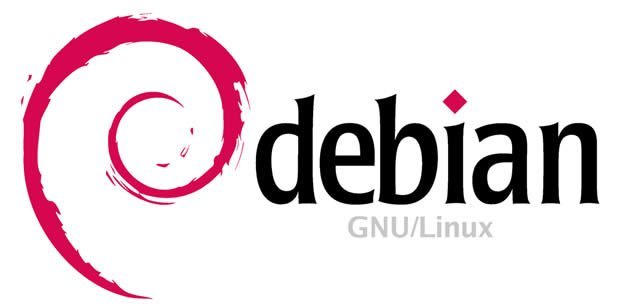Debian vs CentOS
As we mentioned in the [Basic Linux] post, there are many distributions for this operating system, this time we will compare two of them that are mainly used in enterprise Debian and CentOS.
Debian
There are many reasons why users choose Debian as their operating system whether as a user, for development, or even in corporate environments. This distribution runs on numerous architectures and devices, and offers a public issue tracking system and other tools for development.
Debian is made with free software and is open source, anyone can use, modify and distribute it. It is considered a stable and secure system available for multiple devices such as laptops, desktops and servers, being supported by the Linux kernel it has an extensive hardware support.

Debian offers a flexible installer so that anyone who wants to try it out will be able to install it, being easy to update and maintain by any type of user. The Debian project is considered a community composed of more than 60 countries and translated in more than 80 languages, in this community everyone has the same rights, it cannot be controlled by a single company and any user can belong to it, being indifferent if he is a person who programs or administers systems.
This system includes a large number of packages that use the .deb format, allowing it to be the base of many other distributions such as Ubuntu, RedHat, Kali linux, Linux Mint, ParrotOS, among others.
For any developer, Debian offers multiple CPU architectures such as ARM, amd64, i386, POWER7, IBM System z, among others, as well as for IoT devices such as Raspberry Pi, QNAP variants, mobile devices, routers, etc. Different versions of this distribution can be used for test environments or unstable versions to develop different packages and maintain them, it includes a Bug Tracking System (BTS) publicly available through any browser.
CentOS
It is one of the most chosen Operating Systems when setting up a Linux server, it is the dominant one among the companies that provide hosting and server services. This is thanks to an excellent stability and security, supported by a community represented in manual forums and others that are constantly updated for the particularities of this operating system.

CentOS runs only stable and basic scheduled versions, reducing the risk of system crashes, has the ability to process tasks faster and more efficiently than many other similar Linux distributions, is less prone to attacks, which is not to say that it is impossible, it is positioned among the best in terms of security. It has the full support of RedHat, and in addition to its engineers and large community of developers who keep it secure and always updated.
Its main disadvantage is that it is a complex operating system for those who do not know Linux, which concludes in the need for administrators with advanced knowledge for optimal management and maintenance of the system, so I leave you the manuals of use of this incredible distribution.
Debian vs CentOS
Main Differences
|Debian|CentOS| |–|–| |Supported by Debian individuals|Supported by the Red Hat community| |Debian uses the format package DEB with dpkg/APT|CentOS uses the format package RPM with YUM/DNF| |Default file system EXT4|Default file system XFS| |Debian lacks market presence due to its terminal end usage|CentOS has a large market due to its user-friendly nature| |Has multiple architecture support as compared to other distributions|Does not come with multiple architecture support| |New updates and upgrades usually take time, thus making it stable|It has a release cycle of 2 years, thus giving it enough time to fix bugs| |Debian comes with user-friendly applications and GUI|CentOS has a complicated GUI| |Debian has a vas amount of packages in its default repository to do something|CentOS has limited packages|
In conclusion, any of these two distributions are incredible for working in Linux environments, it is advisable to start using Debian to acquire a broad level of knowledge in system administration and then work with distributions such as CentOS or Red Hat for enterprise environments!







